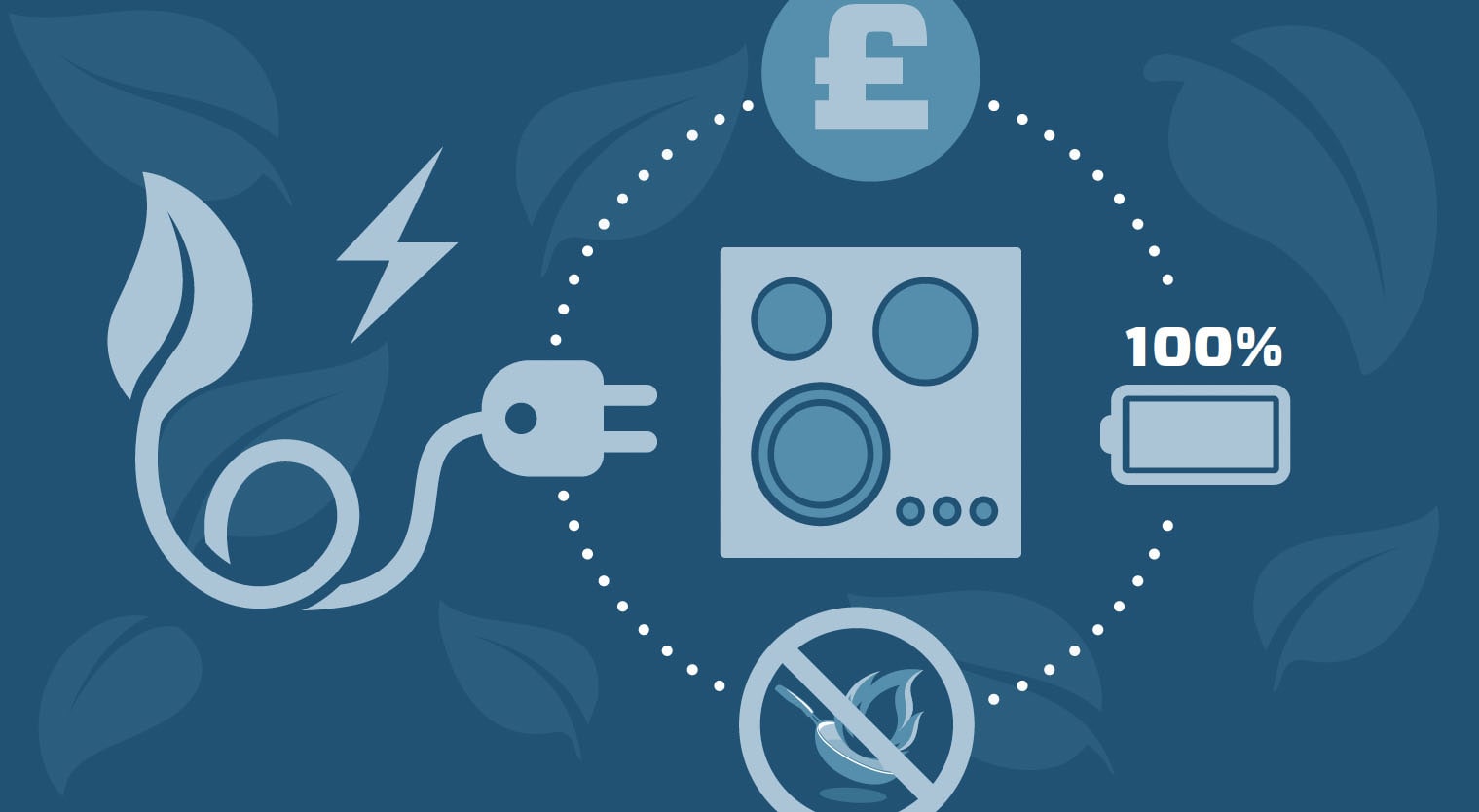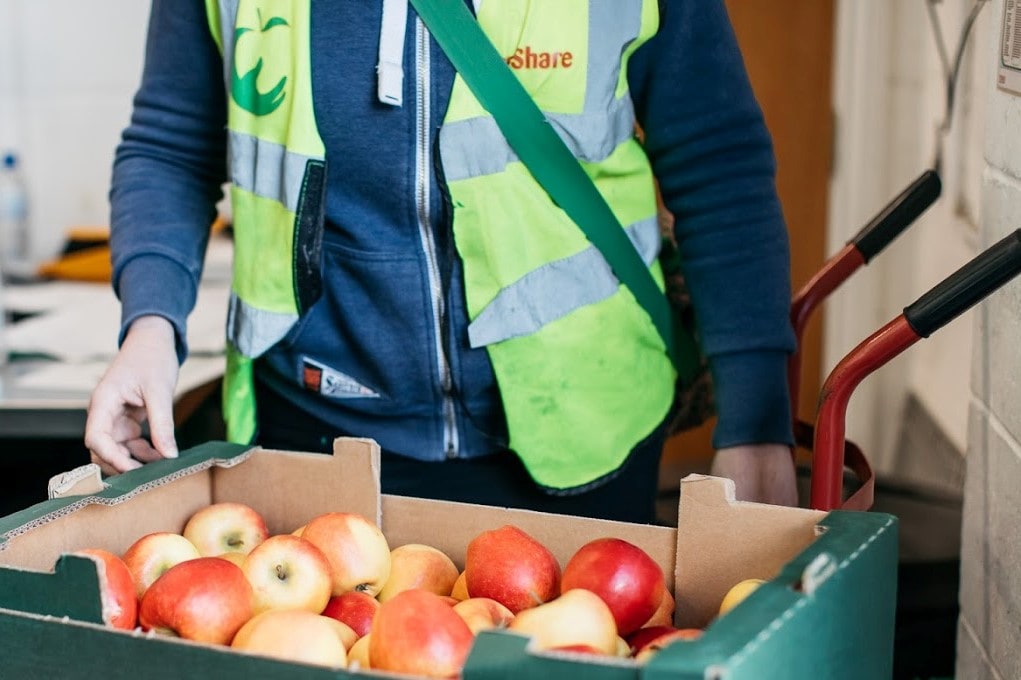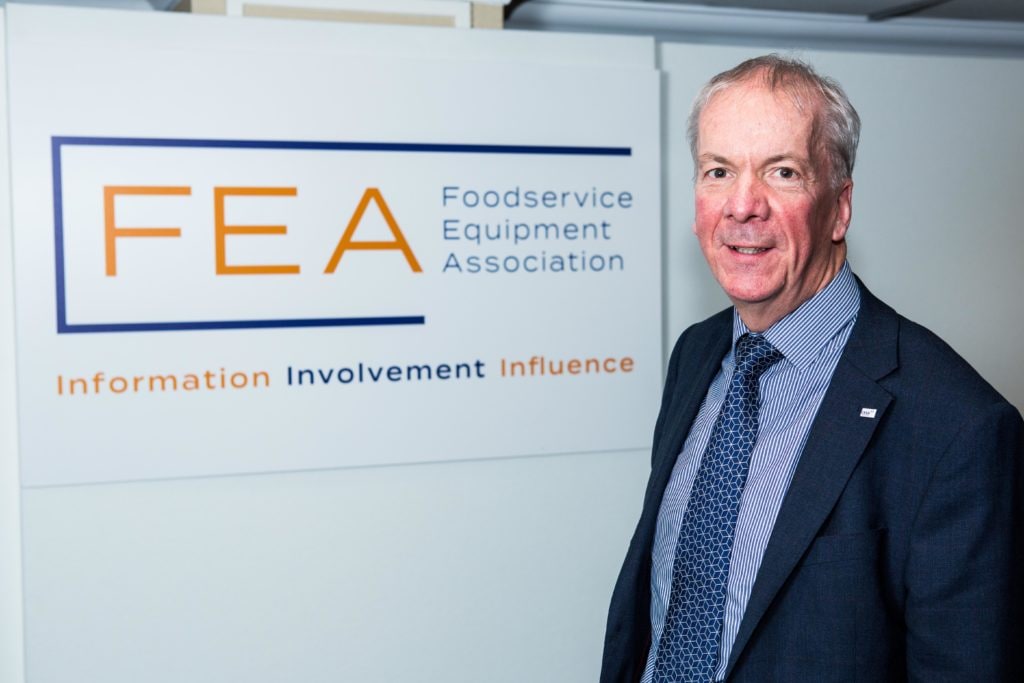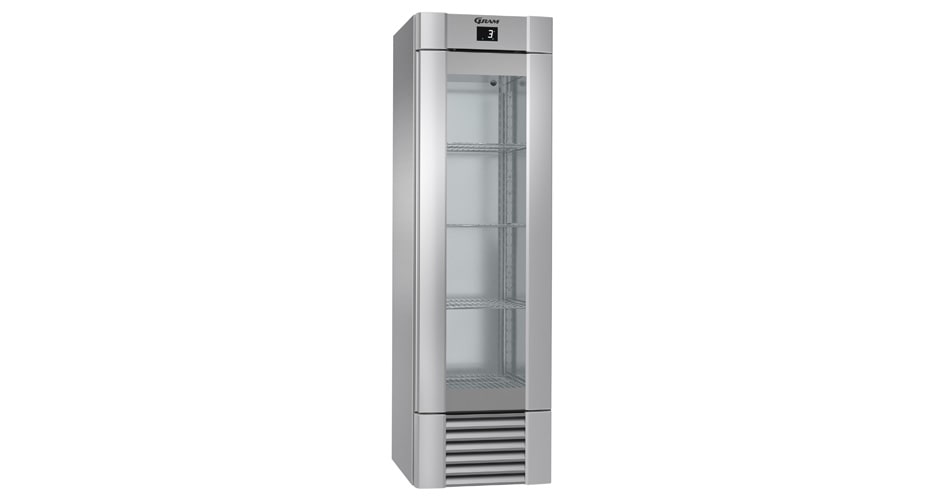
Net zero is a familiar phrase in every industry, as governments push to cut carbon emissions from their economies. However, does everyone understand what it means, beyond simply reducing carbon emissions?
In its purest form, net zero means that energy generated by on-site renewable sources accounts for all a building’s energy use. That is a rare occurrence, so some businesses offset their carbon emissions by buying carbon credits – essentially licences to pollute.
“In order to be truly net zero, you also have to offset the generation and line losses for any power that is imported to the site during times when your on-site generation is deficient,” says Richard Young at Frontier Energy, who is the director of the Food Service Technology Center (FSTC). “So, you actually need more on-site power generation than you think. You have to export about 3 kWh for every 1 kWh you import to make up for all the generation and line losses.”
That is a tall order and although net zero has, for a long time, been a design parameter for buildings in remote, off-grid locations, it is relatively new to mainland urban areas. Furthermore, the official definition wasn’t agreed until around 2016 and is still in a state of flux. Even in some net-zero buildings, the definition has not included the kitchen, so it is a new concept in the foodservice world.
That said, Young believes the first net-zero restaurant has recently been created by McDonald’s (see box at end of article).
“Net-zero targets are a reaction to climate change and led by government targets, legislation and CSR to ensure that an organization’s impact on greenhouse gas emissions is neutral at worst case,” says Ed Bircham FCSI, director of UK consultancy Humble Arnold Associates. “The UK, for example, has committed to net zero by 2050. Some organizations are trying to achieve this in 2030, but those decisions need to be made now. It will be a big ask to deliver it on those timescales.”
Electrification of the kitchen
Fundamental to any net-zero efforts in foodservice is the use of electric-powered cooking equipment, as this alone has the potential to be fully powered by renewable sources.
“Two years ago, no one cared about sustainability, and you had to do the hard sell with induction cooking,” says David Kaneda, managing principal at Integral Group, an interactive global network of design professionals working on deep green engineering. “Now legislation is forcing the issue. The restaurant industry, too, is realizing that climate change is a big thing, so we are in the middle of a sea change.”
Leading the way are key industries, notably the technology sector, that have made sustainability promises part of their business strategy. They are divesting their interests in fossil fuel companies, reducing energy consumption and working with BREEAM and LEED sustainability standards in their buildings. For them, the kitchen is a key area to target for energy use.
“Electric kitchens have become more prevalent in last 20 years or so, and this adoption continues to accelerate,” says Bircham. “This is due to improvement in induction cooking technology and most technological advances in electrically powered equipment, such as pressurized multi-pan cookers, but we have seen more clients asking for all-electric kitchens as they seek to divest themselves of using gas, oil or coal.”
All-electric cooking means lower ventilation rates, as well as a reduced risk of fire and poor air quality in the kitchen. In fact, it could soon become a legal requirement in some places.
“California is going all-electric,” says Kaneda. “Cities have passed new building standards stipulating all new buildings must be all-electric with no gas. This could be extended to existing buildings.”
In the US, this could mean kitchens becoming more European. “In Europe, there’s less waste,” says Nahum Goldberg FCSI of NGAssociates Foodservice Consultants. “The US has had all the space and all the resources, but now energy is expensive, and labor is scarce. Induction is more expensive upfront than a gas hob. However, smart management of electric kitchen equipment can help to increase energy efficiency.”
That cost-efficiency could be key in moving the foodservice sector towards all-electric cooking, but for some it is out of reach, and it means little without on-site renewable generation capacity.
“It can mean keeping energy costs as low as possible,” says Kip Serfozo FCSI, director at Cini•Little International. “Net zero seems hard and large corporations are doing it by buying carbon credits, or by using green energy for lighting and power. Companies with deep pockets can get ahead in moving towards net zero because they can afford the technology. For others, it is hard to achieve and stay profitable.”
“The big guys can look at sustainability, but in the US fracking has brought down the cost of natural gas a lot,” adds Kaneda. “Electric is not always the cheaper option for a commercial kitchen.”
No change without sacrifice
Electric cooking technology continues to advance, but it comes at a price. First, there is the financial cost, but second comes a stylistic cost.
“Reducing fossil fuels and using 100% renewable power for electricity makes it difficult to create engaging front-of-house situations, though it can be done,” says Bircham. “Electric cooking does not have the same element of performance, but we may see it used more.”
“The idea of net zero is beginning to factor in the corporate and industrial sectors but not in hotels and restaurants,” he adds. “In hospitality, divesting yourself of fossil fuels means no gas or solid fuel cooking, which is a difficult one. It goes against the idea of authenticity.”
At stake is the theatre of flame, a key ingredient in show kitchens. Electric wok burners, such as those Kaneda owns, can potentially produce more food compared to a gas wok in a commercial setting, and can match the quality, though few are available in the US.
“You’re not going to get flames from an electric wok, but you can get the same quality of food and flavor,” says Goldberg. “An electric deck oven won’t give you the flames you see in a pizza oven, but an electric hearth can still look great. The challenge is to get chefs and architects to come round to that point of view. It is a challenge to educate owners, policymakers, operating teams and engineers to understand that electric kitchens can meet their culinary needs.”
Induction cooking also requires different practical considerations, not least in terms of ventilation. “With induction, there is heat rejection into the electronics, so you need to guarantee some airflow. However, there is less radiant heat out into the kitchen,” says Young. “Electric and gas fryers have similar radiant heat, but switching to induction cooking means there are no products from combustion that need to be ventilated.”
Inevitably, larger enterprises will take the lead, but it remains to be seen whether smaller foodservice chains can follow in their wake. “For big tech companies or hospitals, it is possible to go all-electric, but for small businesses the pricing of the equipment and the energy costs could be challenging,” says Young. “It could wipe out part of the restaurant industry unless you have social equity.”
Onus on operators
Whether net zero is attainable or not, the foodservice sector can take steps towards it, which will bring the benefits of efficiency and waste reduction.
“You can also engineer a menu to improve sustainability,” says Goldberg. “Some icemakers can be programmed to make ice at off-peak times, using a timer. Water heaters can heat water off-peak, and it is possible to cook at off-peak times then warm up the food to serve it.”
“People are doing their best to achieve net zero,” he adds. “Clients are making an
effort to make things better for employees, customers, society and the planet. Things are moving in the right direction.”
However, due to the pandemic, net zero targets and sustainability have fallen down the list of priorities so it is up to consultants to ensure they rise to the top again. “The priority is to get the industry back on its feet,” says Serfozo. “Sustainability is still on the list, but the focus will be on those measures that pay back the quickest. We need to begin with baby steps and build momentum. Consultants, equipment manufacturers, owners and the communities in which they operate all need to influence the sustainability journey.”
______________
The net-zero Big Mac
The first carbon neutral McDonald’s restaurant recently opened at Florida’s Walt Disney World, as part of the chain’s strategy to reduce its carbon emissions across its portfolio.
The key features of the restaurant are:
- A commitment to eliminating carbon dioxide emissions through mechanical, electrical, and plumbing engineering concepts in the design wherever possible
- A commitment to using 100% electrical energy and eliminating gas-powered cooking and water heating equipment
- Reducing overall energy consumption using, for example, an induced natural ventilation strategy, variable refrigerant flow HVAC systems, high efficiency kitchen equipment, and an air source heat pump water heating scheme
- On-site photovoltaic (PV) solar panels to generate power locally
- Natural cooling and shading for the interior
- Green walls covered with vegetation to lower the incident solar radiation onto the restaurant walls
- A large canopy over the restaurant that both supports the PV array and shades the building and the outdoor dining patio
- A 35% reduction in overall energy use compared to an average McDonald’s restaurant
Jim Banks




